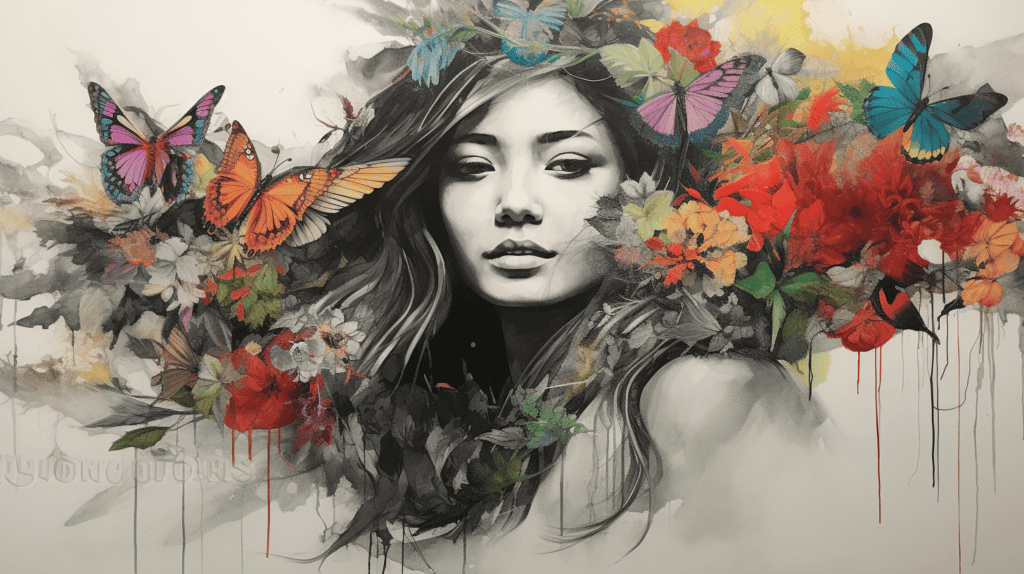
Are you looking for a unique way to improve your mental health and overall well-being? Have you considered exploring the world of art therapy? Singapore offers a variety of options for those seeking this innovative form of therapy.
Art therapy is a type of psychotherapy that uses art as a means of communication and expression. It is a form of therapy that can be beneficial for individuals of all ages and backgrounds. In Singapore, art therapy is provided individually or in groups, depending on the client’s needs. It is a great way to explore your emotions and feelings in a safe and supportive environment.
If you are interested in exploring the benefits of art therapy in Singapore, there are many options available to you. From professional art therapists who hold at minimum a master’s degree in art therapy to workshops and webinars, there is something for everyone.
Whether you are struggling with anxiety, depression, or simply looking to improve your mental health and overall well-being, art therapy may be just what you need.
Understanding Art Therapy
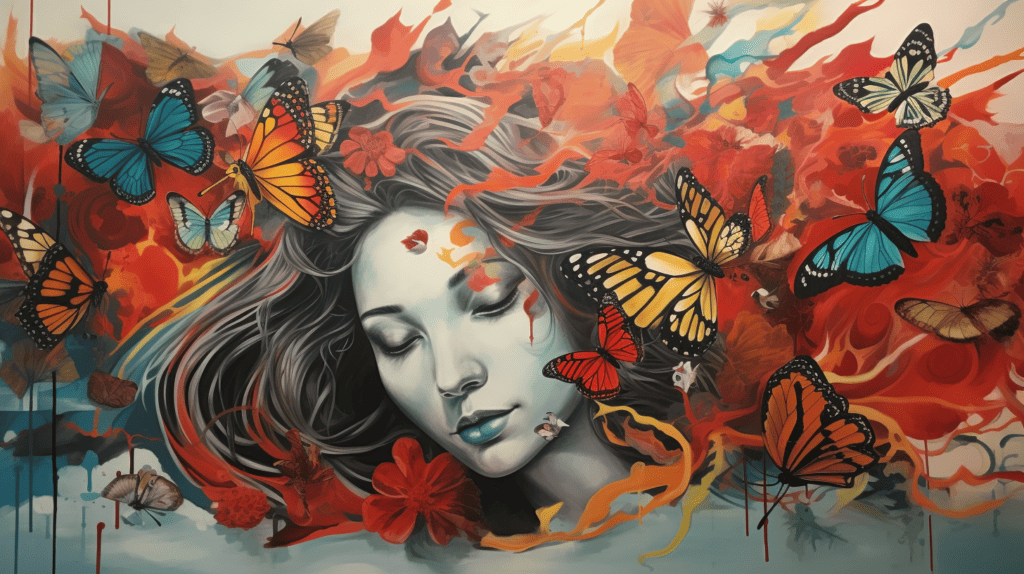
If you’re looking for a new way to express yourself and work through your emotions, art therapy might be just what you need. Art therapy is a form of psychotherapy that uses the creative process of making art to improve a person’s physical, mental, and emotional well-being.
It’s a unique way to explore your thoughts and feelings, and can be especially helpful for people who have difficulty expressing themselves verbally.
Art therapy is based on several theories and psychotherapeutic concepts, including:
- Psychodynamic Theory: This theory is based on the idea that our unconscious thoughts and feelings influence our behavior. Art therapy can help bring these unconscious thoughts and feelings to the surface, allowing us to work through them and gain a deeper understanding of ourselves.
- Person-Centered Therapy: This approach emphasizes empathy, understanding, and unconditional positive regard for the client. Art therapy can create a safe space for clients to explore their emotions and experiences without fear of judgment.
- Cognitive-Behavioral Therapy (CBT): CBT is a type of therapy that focuses on changing negative thought patterns and behaviors. Art therapy can help clients identify these patterns and work to change them.
Art therapy is a flexible form of therapy that can be used to treat a wide range of mental health issues, including depression, anxiety, trauma, and addiction. It can be done individually or in a group setting, and can be tailored to each person’s unique needs and interests.
In art therapy, the creative process is more important than the final product. It’s not about creating a masterpiece, but about exploring your thoughts and feelings through the act of making art. Art therapists use a variety of materials and techniques, including painting, drawing, sculpture, and collage, to help clients express themselves in a non-verbal way.
Overall, art therapy is an exciting and effective way to improve your mental health and well-being. If you’re interested in trying it out, consider reaching out to a licensed art therapist in Singapore.
The Role of an Art Therapist
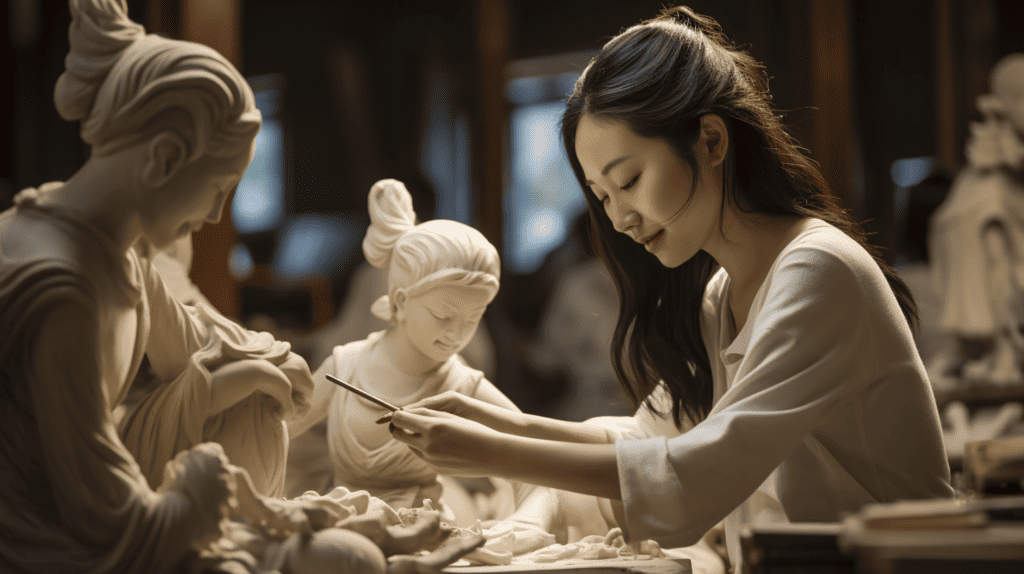
As an art therapist, you play a crucial role in helping individuals improve their mental and emotional well-being through the creative process. Your skills and insight into the therapeutic relationship are essential in guiding clients towards self-discovery and healing.
One of the primary roles of an art therapist is to provide a safe and supportive space for clients to explore their emotions and express themselves through art. You help clients tap into their creativity, which can be a powerful tool for self-expression and healing. Through the use of various art materials and techniques, you help clients gain insight into their thoughts, feelings, and behaviors.
Art therapists are trained professionals with a master’s degree in art therapy or a related field. You have a deep understanding of how the creative process can be used to promote mental and emotional well-being. You work closely with clients to develop individualized treatment plans that address their unique needs and goals.
Your role as an art therapist also involves building a strong therapeutic relationship with clients. You use your skills and expertise to create a safe and supportive environment where clients feel comfortable exploring their emotions and expressing themselves through art. You listen actively, provide empathy and support, and help clients develop a deeper understanding of themselves and their emotions.
In summary, as an art therapist, you play a vital role in helping individuals improve their mental and emotional well-being through the creative process. You use your skills, insight, and therapeutic relationship to guide clients towards self-discovery and healing.
Art Therapy Sessions
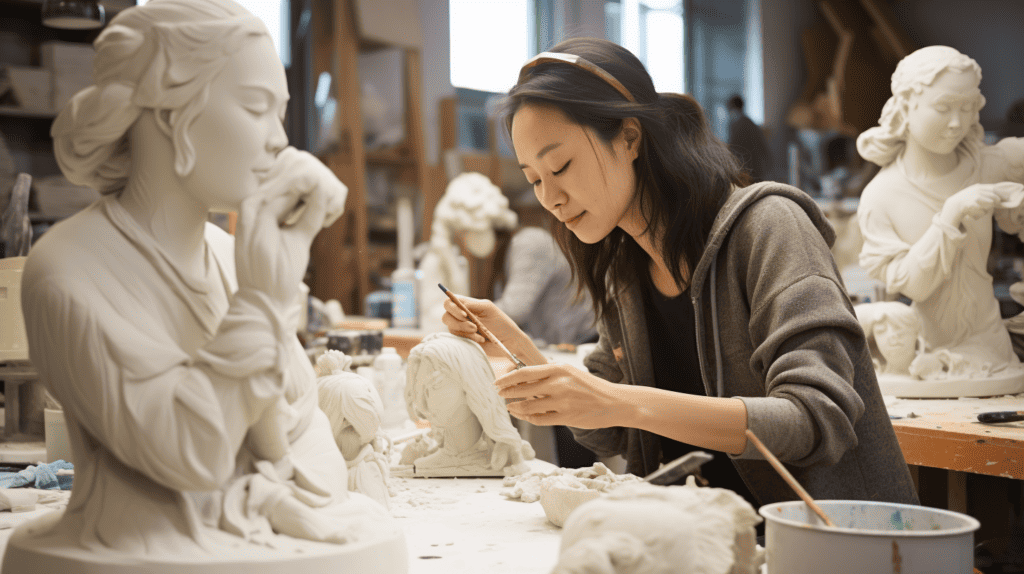
Are you ready to embark on a journey of self-discovery and healing through art? Art therapy sessions in Singapore offer a safe and supportive space for you to express yourself creatively and explore your emotions and thoughts.
During an art therapy session, you will work with a trained art therapist who will guide you through the creative process. You may use a variety of art materials such as paint, clay, or collage to create artwork that reflects your inner world.
Art therapy sessions are tailored to your individual needs and goals. You may choose to work on specific issues such as anxiety, depression, or trauma, or simply use art as a form of self-care and relaxation.
In individual sessions, you will have the therapist’s undivided attention and can work at your own pace. You may choose to share your artwork with the therapist or keep it private.
Group sessions offer a unique opportunity to connect with others and share your creative journey. You may participate in group activities such as collaborative art projects, play, or reflection exercises.
Art therapy sessions are not about creating a masterpiece, but rather about the process of creating and the insights and emotions that arise from it. You do not need to have any artistic skills or experience to benefit from art therapy.
Whether you are looking to explore your inner world, improve your mental health, or simply have fun and be creative, art therapy sessions in Singapore offer a unique and exciting opportunity to do so.
Benefits of Art Therapy
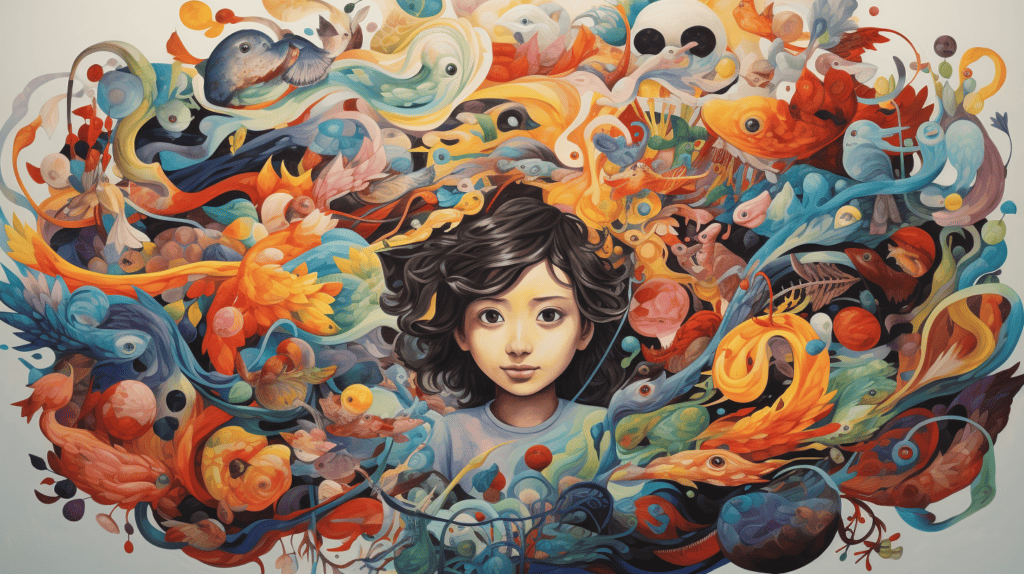
Are you feeling stressed out and overwhelmed? Are you struggling with your emotions and finding it difficult to cope? Art therapy may be just what you need to improve your well-being and emotional health.
Art therapy is a form of psychotherapy that uses creative expression as a means of exploring and processing emotions. It is a non-invasive and non-threatening way to work through difficult feelings and experiences.
Here are some of the benefits of art therapy:
Reduces Stress
Art therapy has been shown to reduce stress levels and promote relaxation. The act of creating art can be meditative and calming, helping to soothe the mind and body. By focusing on the creative process, you can take your mind off your worries and find a sense of peace and tranquility.
Improves Emotional Well-being
Art therapy can help you to process and express difficult emotions in a safe and supportive environment. By creating art, you can explore your feelings and experiences in a non-verbal way, which can be particularly helpful if you find it difficult to talk about your emotions.
Promotes Personal Growth
Art therapy can be a powerful tool for personal growth and self-discovery. Through the creative process, you can gain insight into your thoughts, feelings, and behaviors, and identify areas for personal growth and development.
Helps with Depression
Art therapy has been shown to be effective in treating depression. By creating art, you can tap into your creativity and find a sense of purpose and meaning, which can be particularly helpful if you are feeling low or hopeless.
Boosts Emotional Well-being
Art therapy can help to boost your overall emotional well-being. By engaging in a creative process, you can experience a sense of accomplishment and satisfaction, which can improve your self-esteem and confidence.
In conclusion, art therapy can be a powerful tool for improving your emotional well-being and promoting personal growth. If you are struggling with your emotions or feeling stressed out, consider giving art therapy a try.
Art Therapy Techniques
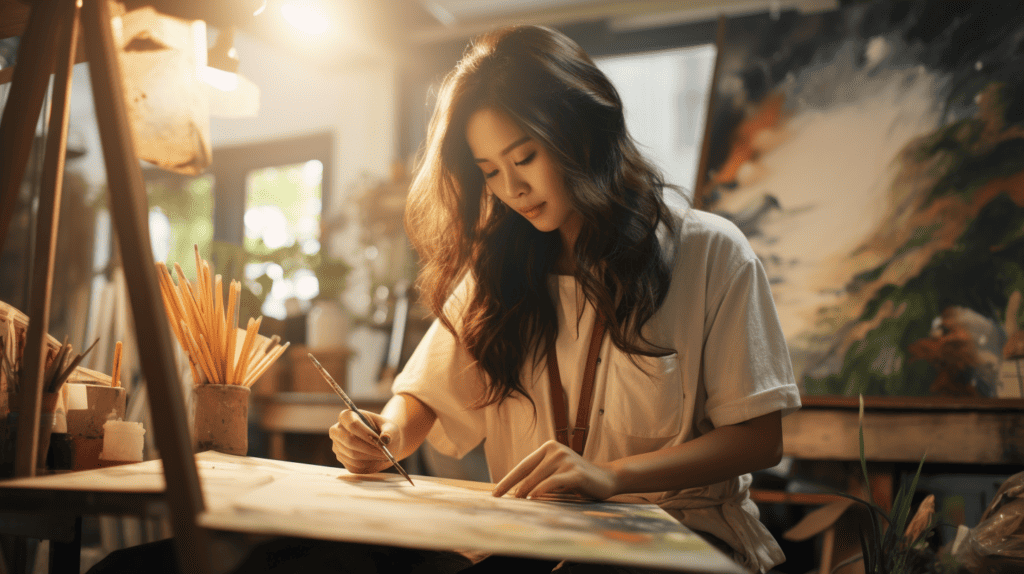
Art therapy is a form of psychotherapy that uses creative expression as a means of communication. It is a way for individuals to express themselves through art and to explore their emotions, thoughts, and experiences. There are various techniques used in art therapy, and each one can be tailored to meet the unique needs of the individual.
Painting
Painting is one of the most commonly used techniques in art therapy. It allows you to express yourself through color, texture, and form. Painting can be a form of release, allowing you to express emotions that are difficult to put into words. It can also be a way to explore your inner world and to gain insight into your thoughts and feelings.
Clay
Clay is another popular material used in art therapy. It is a tactile medium that allows you to create three-dimensional objects. Working with clay can be a grounding experience, helping you to connect with your body and to release tension. It can also be a way to explore issues related to control, as you work to shape the clay into the form you desire.
Sand
Sand is a versatile material that can be used in a variety of ways in art therapy. It can be used to create a sensory experience, allowing you to explore textures and sensations. It can also be used to create a safe space, as you create a sand tray world that represents your inner landscape. Sand can be a calming and soothing material, helping you to relax and feel more centered.
Colouring
Colouring is a simple yet effective technique used in art therapy. It allows you to focus your attention on the present moment and to engage in a meditative activity. Colouring can be a way to reduce stress and anxiety, as you focus on the act of coloring and let go of your worries. It can also be a way to explore issues related to control, as you choose the colors and patterns that you use.
Creative Process
The creative process is an essential aspect of art therapy. It is not just about the end product but also about the process of creating. The act of creating can be a way to explore your inner world, to gain insight into your thoughts and feelings, and to express yourself in a safe and supportive environment. The creative process can be a way to connect with your intuition and to tap into your inner wisdom.
Art Materials
Art materials are an essential part of art therapy. They provide a means of creative expression and allow you to explore your inner world. There are many different art materials that can be used in art therapy, including paint, clay, sand, markers, and pencils. The choice of materials will depend on your individual needs and preferences.
In conclusion, art therapy is a powerful and effective form of psychotherapy that can help you to explore your emotions, thoughts, and experiences. There are many different techniques used in art therapy, and each one can be tailored to meet your unique needs.
Whether you choose to paint, work with clay, or color, the creative process can be a way to connect with your inner world and to gain insight into yourself.
Art Therapy and Special Needs

If you or someone you know has special needs, art therapy can be a great way to help cope with emotional and mental challenges. Art therapy can help individuals with special needs express themselves and communicate their thoughts and feelings. It can also help develop coping skills and improve overall mental health.
Art therapy can be especially beneficial for individuals with rare disorders or conditions. For example, individuals with autism spectrum disorder (ASD) may have difficulty with social communication and interaction. Art therapy can provide a safe and non-judgmental environment for individuals with ASD to express themselves and communicate their emotions.
Art therapy can also help individuals with special needs develop coping skills. Coping skills are techniques and strategies that help individuals deal with stressful situations. Art therapy can help individuals with special needs develop coping skills by providing a creative outlet for stress and anxiety.
In addition, art therapy can improve overall mental health for individuals with special needs. It can help reduce symptoms of depression and anxiety, and improve self-esteem and self-confidence. Art therapy can also provide a sense of accomplishment and satisfaction, which can improve overall well-being.
Overall, art therapy can be a valuable tool for individuals with special needs. It can help improve emotional and mental health, develop coping skills, and provide a safe and non-judgmental environment for self-expression. If you or someone you know has special needs, consider exploring art therapy as a way to improve overall well-being.
Education and Training in Art Therapy

If you’re interested in becoming an art therapist in Singapore, there are several educational paths you can take. Most art therapists have at least a master’s degree in art therapy, although some may have a diploma or other certification.
To become a Registered Art Therapist (AThR) in Singapore, you must complete an ANZACATA approved training programme. LASALLE College of the Arts offers an MA in Art Therapy programme that is ANZACATA approved and prepares graduates to become professionally credentialed as AThRs.
The programme is practice-based and emphasizes experiential learning through art making, reflection, and research.
In addition to LASALLE, there are other institutions in Singapore that offer courses in art therapy. The ACC Institute of Human Services offers an introductory workshop to art therapy that covers topics such as an overview of art therapy, the use of art in art therapy, and planning and facilitating therapeutic art sessions.
Becoming an art therapist requires a combination of knowledge and skills in art, psychology, and counseling. The curriculum for an art therapy programme may include courses in art history, studio art, art therapy theory and practice, and counseling theories and techniques.
Graduates of art therapy programmes are prepared to work with a variety of populations, including children, adolescents, adults, and the elderly. They may work in a variety of settings, such as hospitals, schools, community centers, and private practices.
Overall, the education and training required to become an art therapist in Singapore is rigorous but rewarding. If you have a passion for art and a desire to help others, a career in art therapy may be right for you.
Art Therapy in Singapore’s Social Work
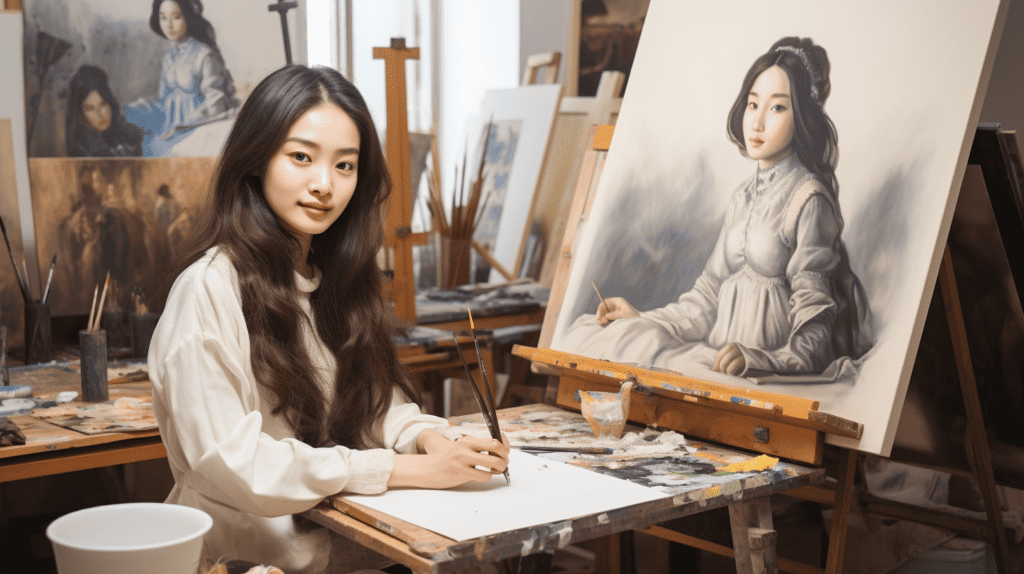
You may be surprised to learn that art therapy is becoming an increasingly popular form of therapy in Singapore’s social work sector. Social workers are using art therapy to help clients who are struggling with mental health issues, trauma, and emotional distress. Art therapy is a form of psychotherapy that uses art as a means of communication and expression.
The Art Therapists’ Association Singapore (ATAS) is a professional association for art therapists in Singapore. ATAS encourages art therapists to be members of the association and to be credentialed with a credentialing body such as The Australian, New Zealand and Asian Creative Arts Therapy Association (ANZACATA).
This ensures that art therapists in Singapore are qualified and properly trained to provide art therapy services.
Art therapy is also being used in social enterprises in Singapore. Social enterprises are businesses that are set up to address social issues. They use business strategies to achieve social objectives.
Art therapy is being used in social enterprises to help people who are struggling with mental health issues, trauma, and emotional distress. Social enterprises are using art therapy to help people develop self-awareness, self-esteem, social skills, and anxiety management techniques.
Art therapy is a powerful tool that can help people in a variety of ways. It can help people express themselves in ways that they may not be able to do with words. It can help people process emotions and work through trauma. It can also help people develop new skills and perspectives. If you are struggling with mental health issues, trauma, or emotional distress, art therapy may be a good option for you.
In conclusion, art therapy is becoming an increasingly popular form of therapy in Singapore’s social work sector. ATAS is a professional association for art therapists in Singapore, and social enterprises are using art therapy to help people who are struggling with mental health issues, trauma, and emotional distress.
Art therapy is a powerful tool that can help people in a variety of ways, and it may be a good option for you if you are struggling with mental health issues, trauma, or emotional distress.
Payment and Accessibility of Art Therapy
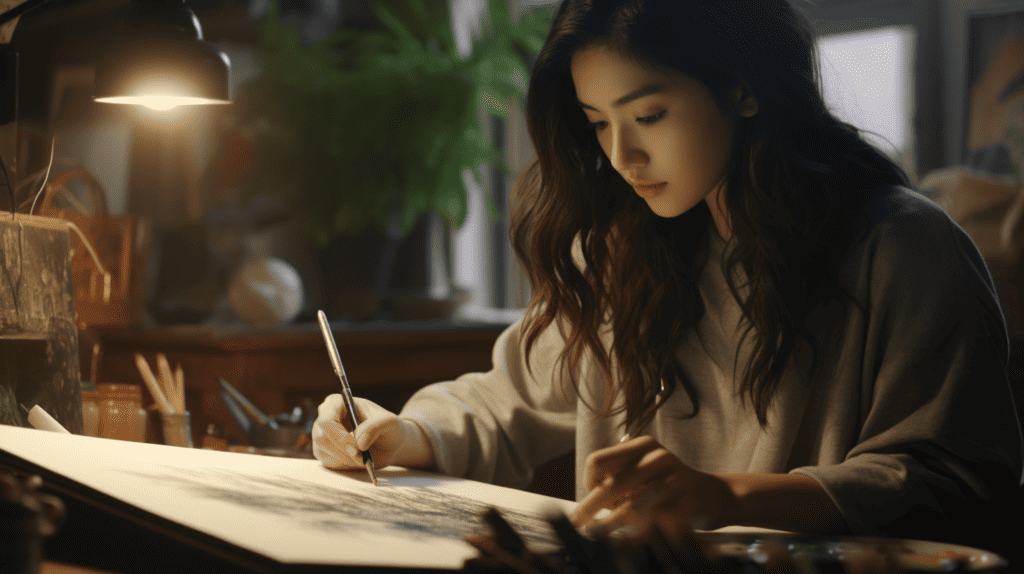
You may be wondering about the cost of art therapy and how accessible it is in Singapore. The good news is that art therapy is available in various settings, including hospitals, clinics, community centers, and private practices. The cost of art therapy can vary depending on the setting, the therapist’s qualifications and experience, and the duration and frequency of the sessions.
If you are seeking art therapy through a public hospital or community center, the cost may be subsidized or covered by insurance. However, if you are seeking art therapy through a private practice, you may need to pay out-of-pocket. Some art therapists may offer a sliding scale fee based on your income or financial situation, so it’s worth asking about this option.
When it comes to payment, most art therapists in Singapore accept bank transfers or cash payments. Some may also offer online payment options for added convenience. If you are unsure about the payment methods accepted by your art therapist, don’t hesitate to ask.
Overall, art therapy is a relatively affordable and accessible form of therapy in Singapore. Whether you are seeking help with mental health issues, emotional challenges, or other psychiatric conditions, art therapy can be a valuable tool for healing and self-expression.
Art Therapy Events in Singapore
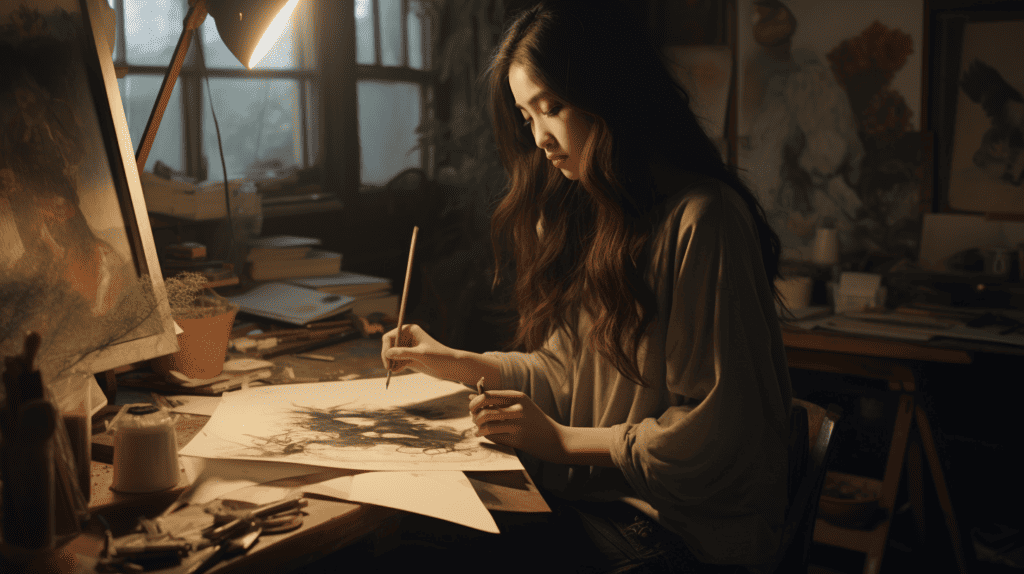
If you’re interested in exploring the world of art therapy, attending an art therapy event in Singapore is a great way to start. You’ll get to learn from professionals in the field, meet other like-minded individuals, and gain valuable insights into the power of art therapy.
One organization that hosts art therapy events in Singapore is Solace. They offer various workshops and seminars that focus on using art therapy to improve mental well-being and performance. These events are designed for both individuals and teams, and can be customized to meet specific needs.
Another great resource for art therapy events in Singapore is the Art Therapists’ Association Singapore (ATAS). They frequently organize events and workshops that cover a wide range of topics related to art therapy, including design, creativity, and art for good.
Attending an art therapy event in Singapore can be a transformative experience. You’ll get to learn from experienced professionals, connect with others who share your interests, and gain a deeper understanding of the power of art therapy. So why not check out some upcoming events and see what the world of art therapy has to offer?
Art Therapy and Youth
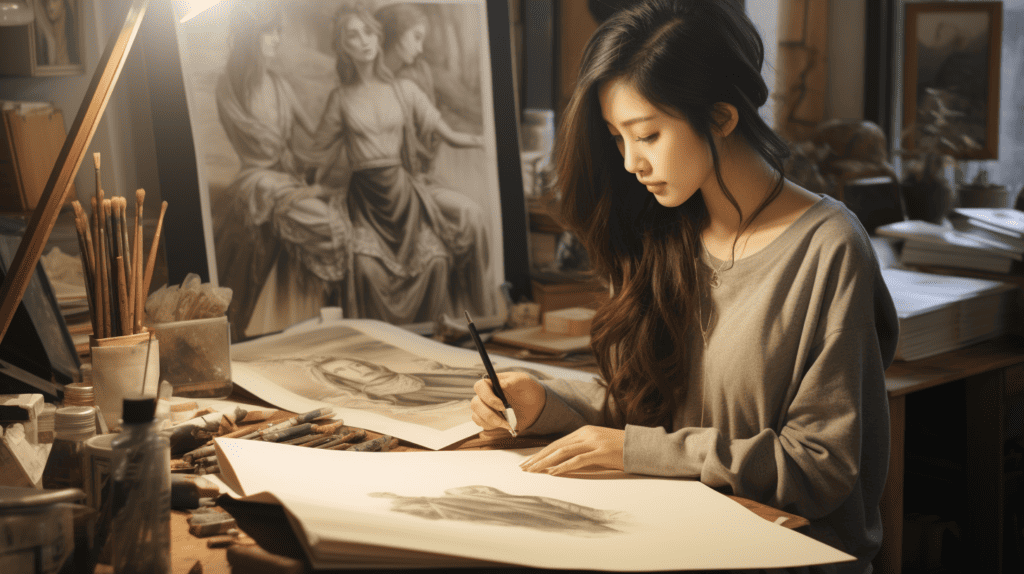
Art therapy can be a powerful tool for helping youth to express themselves and develop positive relationships. By engaging in creative activities, young people can explore their thoughts and feelings in a safe and supportive environment.
Through art therapy, youth can gain a deeper understanding of themselves and their experiences. They can express emotions that may be difficult to put into words, and develop new ways of coping with challenges. This can help to build resilience and promote mental health and wellbeing.
One of the benefits of art therapy is that it allows youth to express themselves in a non-verbal way. This can be particularly helpful for those who may struggle to communicate their thoughts and feelings through speech. By creating art, young people can communicate their inner experiences in a way that feels safe and comfortable.
Art therapy can also help youth to build positive relationships with others. By working collaboratively on art projects, they can develop a sense of connection and belonging. This can be particularly important for those who may feel isolated or disconnected from others.
In summary, art therapy can be an exciting and effective way to support youth in their personal growth and development. Through creative expression, they can explore their inner world, develop positive relationships, and build resilience.
Frequently Asked Questions
What are the benefits of art therapy?
Art therapy can be beneficial for individuals of all ages and backgrounds. It can help with emotional regulation, communication, and self-expression. Art therapy can also help individuals develop coping skills, reduce stress and anxiety, and increase self-esteem.
How can art therapy help with mental health?
Art therapy can be used to treat a variety of mental health issues, including depression, anxiety, trauma, and addiction. It provides a safe and non-judgmental space for individuals to explore and express their emotions. Art therapy can also help individuals develop insight into their thoughts and behaviors, and provide a sense of empowerment and control.
What is the difference between art therapy and art psychotherapy?
Art therapy and art psychotherapy are often used interchangeably, but there are some differences between the two. Art therapy is typically used as a form of psychotherapy, where the focus is on the creative process and the art-making itself. Art psychotherapy, on the other hand, places more emphasis on the psychological aspects of the art-making process, and may involve more traditional talk therapy techniques.
What are some short courses in art therapy available in Singapore?
There are several short courses in art therapy available in Singapore, including those offered by the School of the Arts, the National Institute of Education, and the Lasalle College of the Arts. These courses range from introductory workshops to more in-depth certificate programs.
What is the process to become an art therapist in Singapore?
To become an art therapist in Singapore, you will need to complete a Master’s degree in Art Therapy or a related field, and obtain certification from the Art Therapists’ Association of Singapore (ATAS). The certification process involves completing a certain number of supervised clinical hours, passing a written exam, and submitting a portfolio of your work.
What are the job prospects and salary for art therapists in Singapore?
Job prospects for art therapists in Singapore are generally good, with opportunities in hospitals, clinics, schools, and private practice. Salaries can vary depending on the setting and level of experience, but typically range from $3,000 to $6,000 per month.




